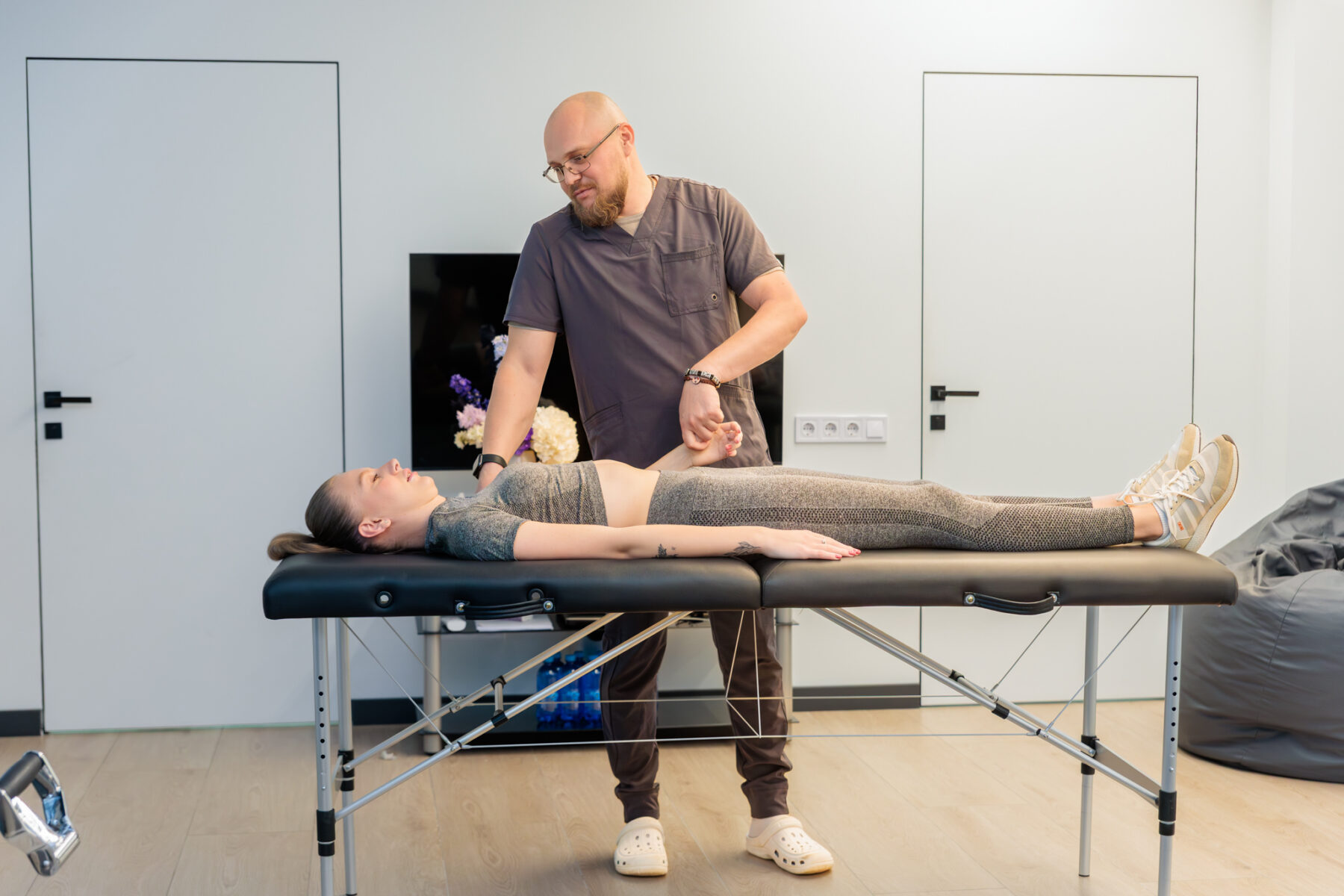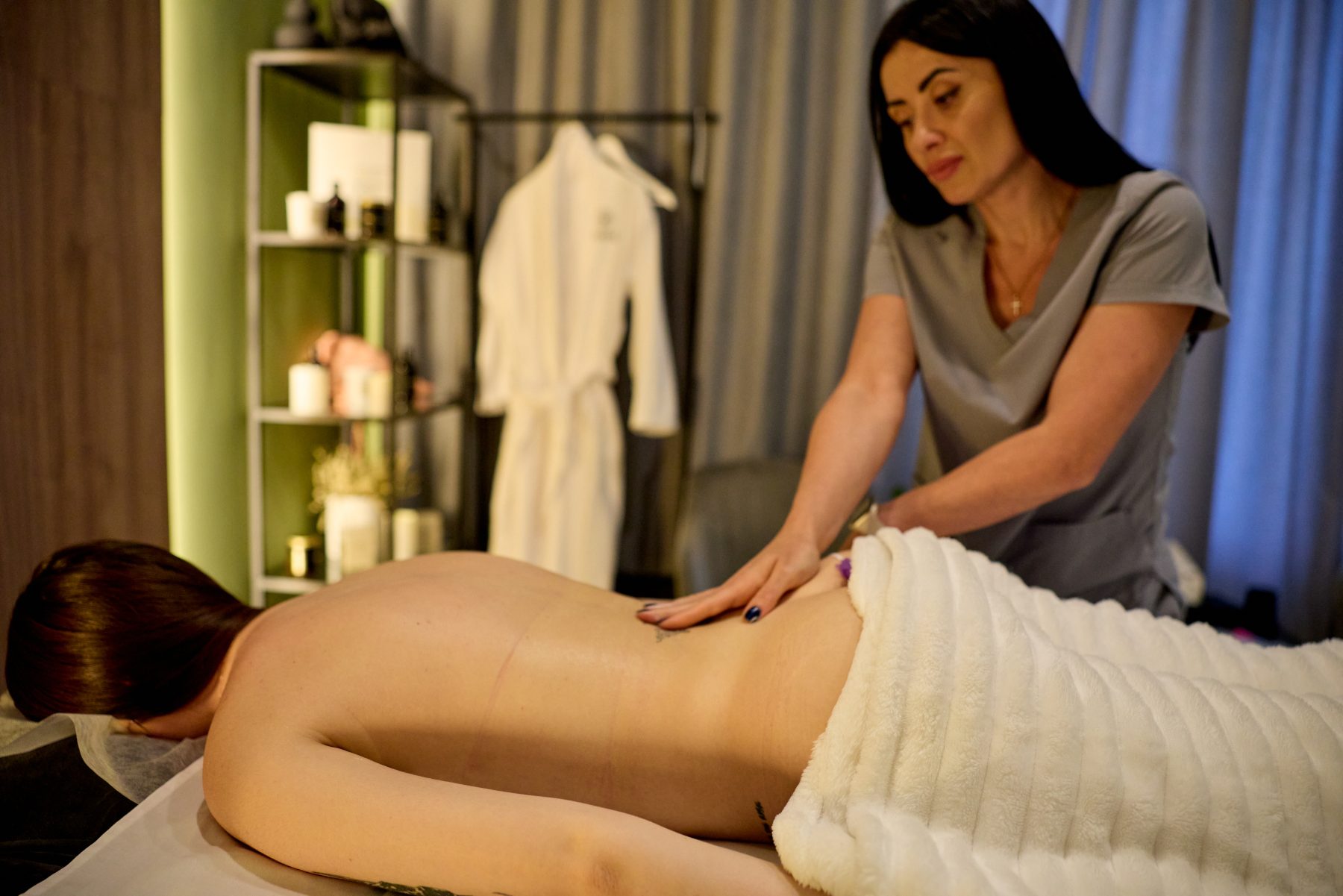As technology advances faster than we can comprehend it, biohacking is going beyond the realm of trend. It is no longer just a set of life hacks, but a serious field of science that combines genetics, neurobiology, physiology, and molecular biology. Is it possible to “break the system” of aging and reverse the process? Let’s take a look at what science can actually do and what remains in the realm of fantasy.
Genetic editing: stopping time at the molecular level
One of the most high-profile breakthroughs in biohacking is the use of genome editing technology. In 2023, a team of researchers from Stanford University conducted an experiment that became a sensation: genetic modification in mice helped extend their biological age by 25%. The researchers deleted a gene associated with cellular aging and observed how tissue regeneration improved.
Although this is still an animal experiment, its prospects open up new horizons for humans. Such a technique could potentially combat conditions such as sarcopenia (loss of skeletal muscle) or neurodegenerative diseases (dementia, Alzheimer's and Parkinson's diseases, multiple sclerosis, and others).
Epigenetics and control of the "biological clock"
In 2019, researcher Steve Horowitz from Harvard Medical School created a rejuvenation program based on epigenetic reprogramming. He used 4 Yamanaka factors - genes that can return cells to a state of pluripotency (i.e., “rejuvenate” them). In 2024, Horowitz’s team presented the first results of clinical trials on humans: their “biological age” decreased by 3-4 years after using the technology.
This research proves that aging can not only be slowed down, but also potentially "reversed." However, the risks associated with uncontrolled cell growth (such as the development of cancerous tumors) remain a stumbling block.
Biomarkers: Personalized Rejuvenation
Medical startups like Altos Labs and Calico are currently actively researching biomarkers of aging. For example, in 2023, Altos Labs introduced the first analysis system that uses machine learning to predict age based on metabolite levels in the blood.
One real-life case study: A 45-year-old man, using personalized recommendations based on biomarkers, was able to reduce his risk of cardiovascular disease by 60%. His program included intermittent fasting, modified amino acids, and anti-inflammatory drugs.
Nanotechnology: targeted delivery of “youth molecules”
Nanotechnology is one of the most revolutionary approaches to rejuvenation. In 2024, researchers from MIT announced the successful testing of nanoparticles that can deliver drugs directly to aging cells, rejuvenating them. Such therapy improved cognitive abilities in mice with a model of Alzheimer's disease. In the future, this may become the basis for treating brain aging in humans, allowing to combat dementia and other age-related diseases.
Cases of famous biohackers
Brian Johnson: Blueprint Project
Billionaire and biohacker Brian Johnson spends over $1.4 billion annually to support his body's rejuvenation. His approach is based on a multi-level strategy:
- Biomarker monitoring: Johnson regularly checks more than 100 indicators, including hormones, inflammation levels and metabolism.
- Day mode: He wakes up and goes to bed at the same time, trains under expert supervision, and follows a diet calculated down to the milligram.
- Innovative procedures: One of his favorite practices is the use of plasma-based therapies from young donors. Research in this area (such as Amar Card's Harvard lab) shows that molecules in young blood can rejuvenate aging tissues.
Result: Testing showed that his biological age had decreased by 5 years.
Dave Asprey: the "father" of biohacking
The founder of the Bulletproof Coffee concept, Dave Asprey, set himself an ambitious goal — to live to be 180 years old. His case is interesting for its use of unconventional approaches:
- Cryotherapy: daily cooling of the body to -110°C to stimulate collagen production and activate mitochondria.
- Nutraceuticals: his arsenal includes more than 100 supplements daily, including drugs to fight inflammation and support brain function.
- Modulated light: Espri uses red light and lasers to stimulate skin and tissue regeneration.
Result: Dave claims that he has managed to maintain the brain function and metabolism of a 25-year-old, even though he is already in his 50s.
Casey Miller: The First “CRISPR Amateur”
Casey Miller is known for self-injecting genetically modified DNA into his body using CRISPR genome editing technology. His goal is to increase his physical endurance and slow down cellular aging.
The experiment caused a great deal of controversy, but it highlighted a key risk of biohacking: uncontrolled experiments can cause mutations with unintended consequences. Nevertheless, Miller became a catalyst for the development of formal CRISPR therapy programs.
So biohacking is a field that combines science and risk. From genome editing technologies to personalized biomarker-based programs, rejuvenation is becoming an increasingly realistic goal. But don’t rely on experiments without a scientific basis. Let this be your strategy not to fight aging, but to elegantly reprogram it.
Recommendations for beginners in biohacking:
- Invest in quality sleep: Use blue light blockers before bed, cooling pillows, or create a completely dark room for maximum recovery.
- Control your microbiome: Don't just take probiotics, use genetic analysis of gut bacteria to tailor a specific diet.
- Personalize your supplements: Instead of standard vitamins, get tested for micronutrient deficiencies and use only the ones your body needs.
- Optimize your nutrition: Under the supervision of dietitians and nutritionists, practice calorie restriction while maintaining nutrition, which helps reduce oxidative stress and inflammation.
Thus, biohacking offers many interesting prospects, but many of its methods are on the border between science and experimentation. And despite all the prospects, it is worth being careful.
Biohacking is not a panacea, but only a tool that requires in-depth study. However, science already gives humanity real ways to influence aging. Personalized programs, genetic modifications and nanotechnology are not fiction, but already reality. And although it is not yet possible to “break the system” completely, setting it up for rejuvenation is becoming an increasingly real task.



